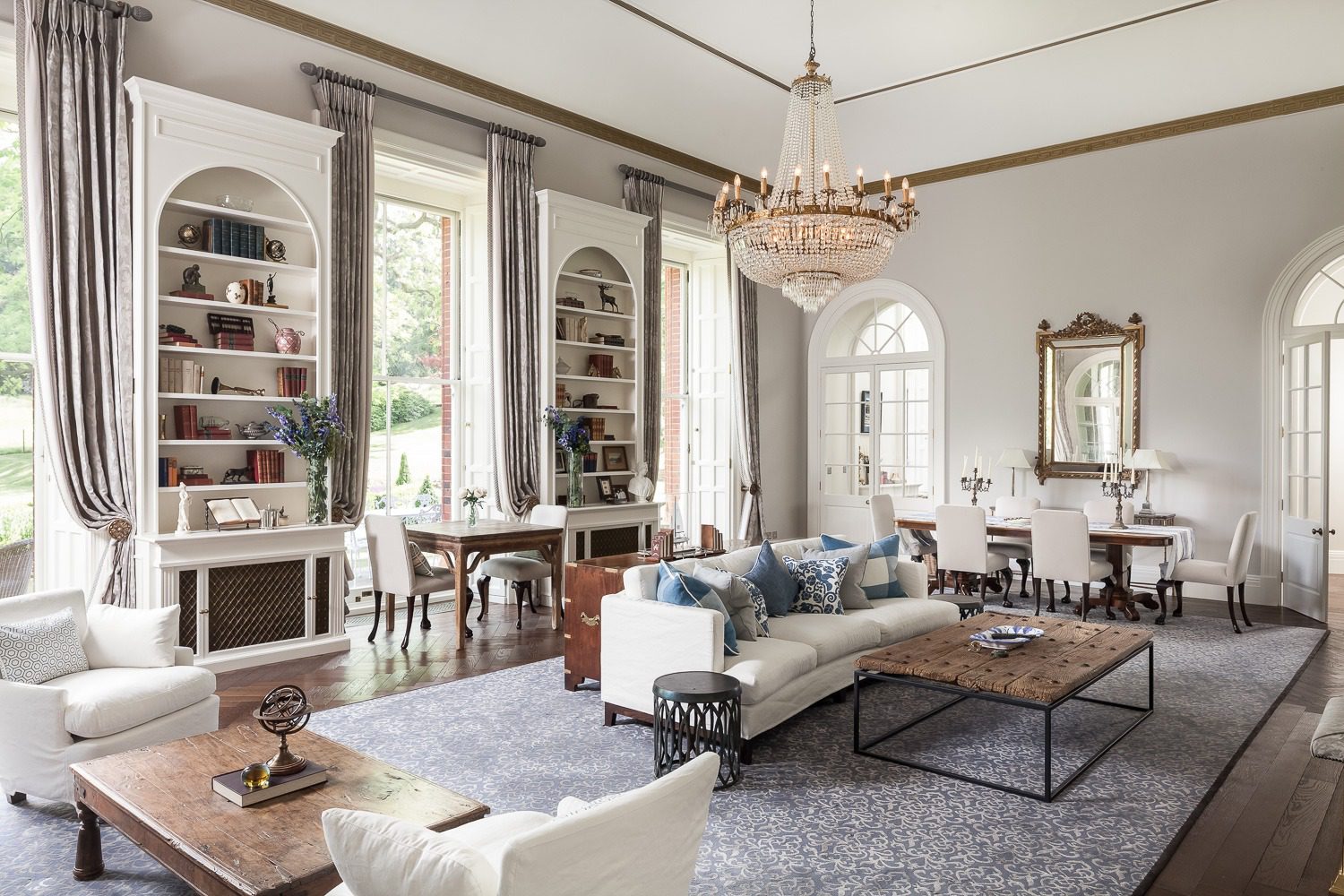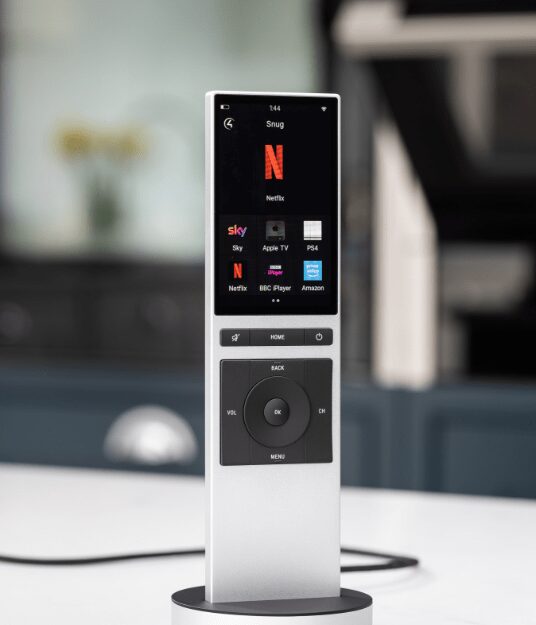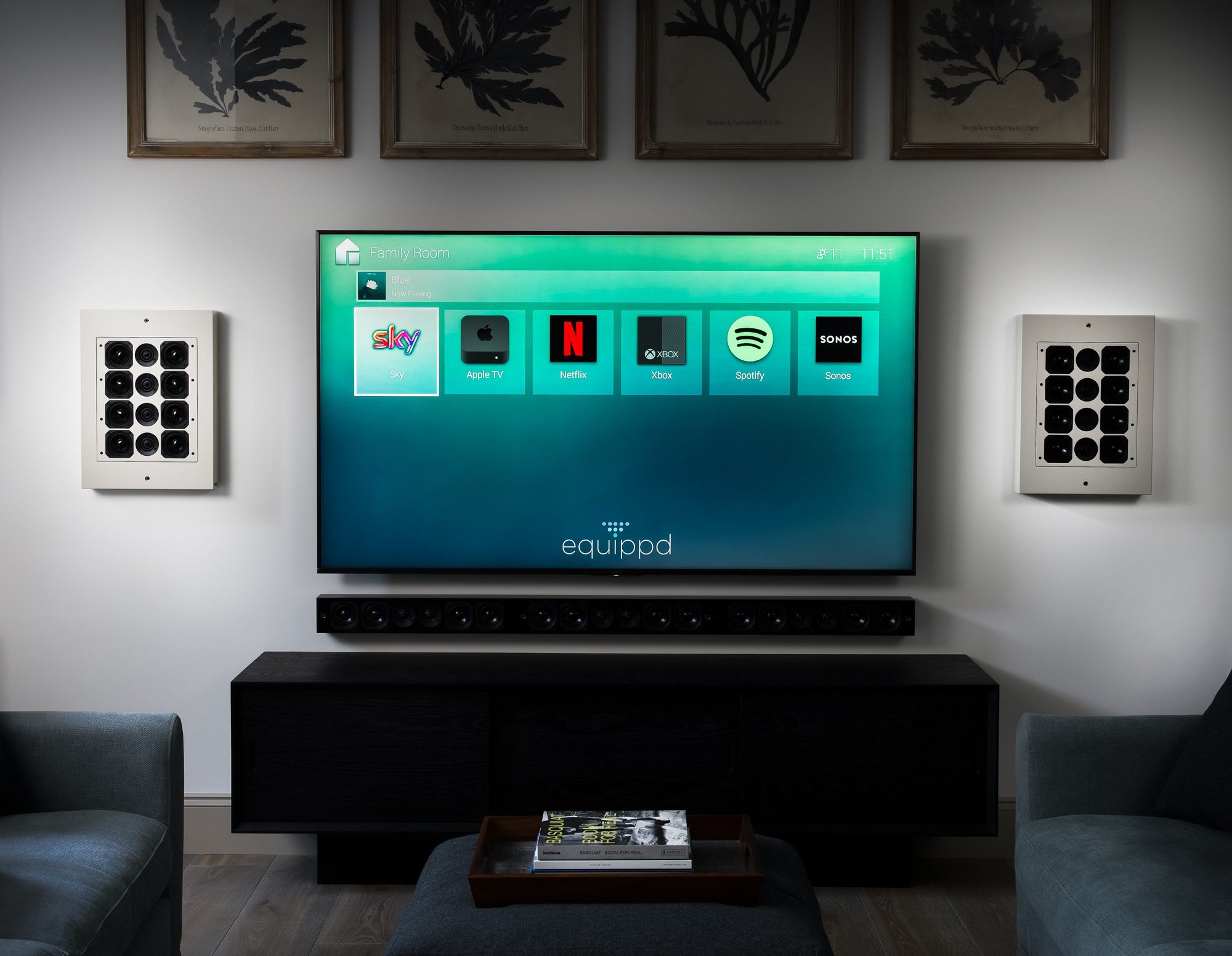Felicity Haythorn
There is nothing more jarring than walking into a beautifully designed space only to encounter switches, sockets and touchscreens haphazardly placed on a wall. In fact, there is – when that technology doesn’t perform absolutely perfectly. Design is of paramount importance: smart technology must enhance the functionality of a space, all programming and cabling should be faultless, and the very best in design should be sourced to complement the aesthetics of your home.
Connected home specialists share the same essential ambition as architects and interior designers: to create beautiful homes that people love to spend time in. The value of wellplanned smart home technology should be placed on a similar par to that of a beautifully crafted space or stunning interior design.


Intelligent technology brings flexibility to a design and enables a space to be used really creatively. Automatic shading and lighting systems can provide for more radical window placement, enabling you to make the most of natural light in your home. An unused garage, a dark basement or an unloved attic room can be transformed from a neglected space into a truly special home cinema. A fully automated interior creates a new, nearly invisible layer of flexibility that promises more comfort, sustainability and security: just say ‘good night’, and your home will turn off the TV, lock the doors, lower the lights, close the curtains and set the security system.
Smart technology enables a whole new lifestyle and is part of creating a great space and, crucially, making your home feel exactly how you want it to. And although automation is at the core of a smart homes, technology should serve people, not the other way around, so the focus is on your home being welcoming and relaxed. Smart technology needn’t interrupt the aesthetic mood of your home – it should still feel warm and organic. It’s about making technology work within your home in a styled, considered way – Samsung’s The Frame TV is a great example of a sleek and beautiful tech item for a connected home.

When it’s turned off, the television displays an artwork of your choice, meaning that it blends in beautifully with your aesthetic home. Whether it is a disappearing TV, blinds that rise and fall in tune with your daily routine or a Bang & Olufsen speaker that matches the exact shade of your living room colour scheme, integration is key.
For many interior designers, one of the biggest concerns over integrating smart technology is that wall-mounted control panels, smart speakers and TVs detract from their vision for a space. But smart technology can be visible, discreet or completely invisible. Touchpad technology or voice-activated control can be installed, ultimately creating a property that not only looks great but is incredibly easy to manage. Smart technology can also be beautifully designed, hand crafted and made from exclusive materials that coordinate fully with your colour palette – even the most innocuous socket or light switch can be a study in elegance and sophistication: take a look at lighting specialist Buster & Punch or lightswitch pioneer Forbes & Lomax – read more about lighting here [link to lighting journal]. The right companies, such as interior designer Salvesen Graham and architect Flower Michelin, and the right brands ensure the tech is perfect for your property, whether it’s a minimalist space with flush-mounted keypads and recessed technology keeping everything out of sight when not needed, to a retrofitted period building.
Further reading
Gadgets that work with you: The Ambient charts the rise of the invisible/statement/art/lifestyle/design TV
Just like magic: read The Conversation’s discussion about the synergies between smart home technology and the future of interior design.